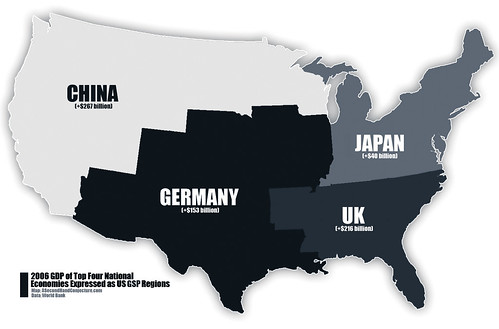USDOT: January 2009 Surface Trade with Canada and Mexico Fell 27.2 Percent from January 2008
(Source: USDOT’s Bureau of Transportation Statistics)
Tuesday, March 31, 2009 – Surface transportation trade between the United States and its North American Free Trade Agreement (NAFTA) partners Canada and Mexico was 27.2 percent lower in January 2009 than in January 2008, dropping to $47.5 billion, the biggest year-to-year percentage decline on record, according to the Bureau of Transportation Statistics (BTS) of the U.S. Department of Transportation (Table 1). The $47.5 billion in U.S.-NAFTA trade in January 2009 was the lowest monthly amount since January 2004.

The value of U.S. surface transportation trade with Canada and Mexico fell 10.3 percent in January from December (Table 2). Month-to-month changes can be affected by seasonal variations and other factors.
Surface transportation consists largely of freight movements by truck, rail and pipeline. About 88 percent of U.S. trade by value with Canada and Mexico moves on land.
The value of U.S. surface transportation trade with Canada and Mexico in January was up 3.9 percent in the five-year period compared to January 2004, and up 31.6 percent over the 10-year period compared to January 1999 (Table 3). Imports in January were up 26.4 percent compared to January 1999, while exports were up 38.1 percent.
U.S. Surface Transportation Trade with Canada
U.S.–Canada surface transportation trade totaled $29.0 billion in January, down 31.1 percent compared to January 2008 (Table 4). The value of imports carried by truck was 31.3 percent lower in January 2009 compared to January 2008, while the value of exports carried by truck was 27.2 percent lower.
U.S. Surface Transportation Trade with Mexico
U.S.–Mexico surface transportation trade totaled $18.5 billion in January, down 20.0 percent compared to January 2008 (Table 6). The value of imports carried by truck was 20.5 percent lower in January 2009 than January 2008 while the value of exports carried by truck was 10.7 percent lower.
Click here to read the entire report in HTML or click here to download the report in PDF. A read-only version of the PDF file is provided here:





 WELCOME to Lyon, France, May 11-12, for the Truck & Bus World Forum 2009!
WELCOME to Lyon, France, May 11-12, for the Truck & Bus World Forum 2009! Bienvenue à Lyon, France, 11 et 12 Mai 2009,
Bienvenue à Lyon, France, 11 et 12 Mai 2009,












